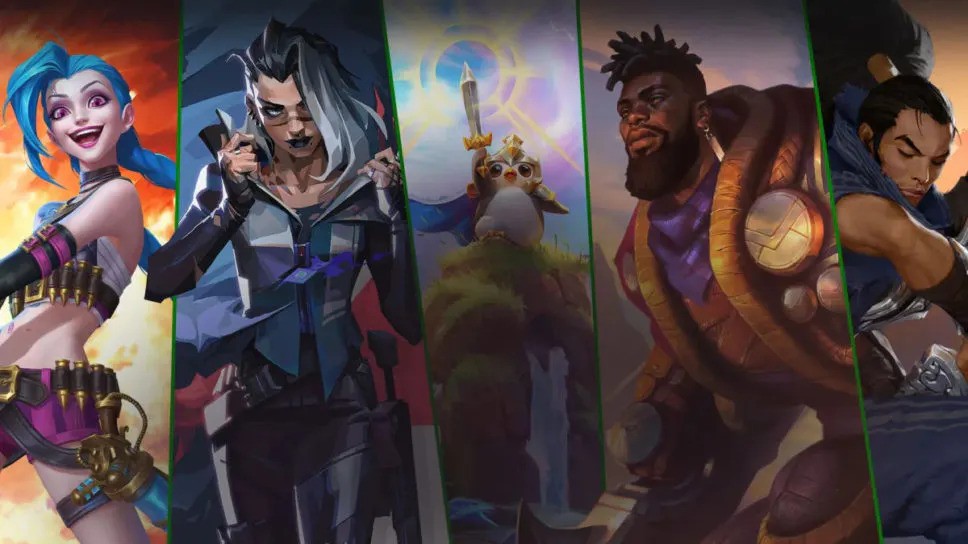In the realm of gaming, innovation is the key to captivating audiences and keeping players engaged. While the industry has seen remarkable advancements in graphics, storytelling, and multiplayer experiences, there’s a new frontier that’s rapidly gaining traction: live new games. These interactive experiences combine elements of gaming, live events, and entertainment to create something truly unique and immersive. In this blog post, we’ll explore the phenomenon of live new games and delve into how they’re unlocking new potentials in the situs gacor gaming landscape.
The Rise of Live New Games
Live new games represent a fusion of traditional gaming concepts with the excitement and immediacy of live events. They blur the lines between virtual and real-world experiences, offering players the opportunity to engage with content in innovative ways. These games often leverage technology such as augmented reality (AR), virtual reality (VR), and live streaming to create immersive environments where players can interact with both digital elements and real-world surroundings.
One of the defining characteristics of live new games is their emphasis on social interaction. Whether it’s collaborating with friends to solve puzzles or competing against other players in real-time, these games encourage social engagement and foster a sense of community among participants. This social aspect adds a layer of excitement and unpredictability, making each playthrough a unique and memorable experience.
Exploring New Possibilities
The emergence of live new games opens up a world of possibilities for game developers and players alike. From large-scale events held in physical locations to virtual experiences accessible from anywhere in the world, the potential for creativity and innovation knows no bounds. Here are just a few ways in which live new games are pushing the boundaries of interactive entertainment:
Immersive Storytelling:
Live new games offer a dynamic storytelling experience that unfolds in real-time. Players become active participants in the narrative, making choices and influencing the outcome of events. This level of immersion goes beyond traditional gaming experiences, blurring the lines between fiction and reality.
Real-World Integration:
Many live new games incorporate elements of the real world into their gameplay mechanics. Whether it’s using GPS technology to track player movements or integrating live actors into the experience, these games bridge the gap between virtual and physical environments in exciting ways.
Collaborative Gameplay:
Collaboration is at the heart of many live new games, with players working together to overcome challenges and achieve shared objectives. This cooperative aspect fosters teamwork and communication, creating bonds between players that extend beyond the game itself.
The Future of Gaming
As live new games continue to evolve and gain popularity, they’re reshaping the landscape of interactive entertainment. From large-scale productions to indie experiments, developers are exploring new ways to engage audiences and push the boundaries of what’s possible in gaming. With advancements in technology and a growing appetite for immersive experiences, the future looks bright for live new games.
